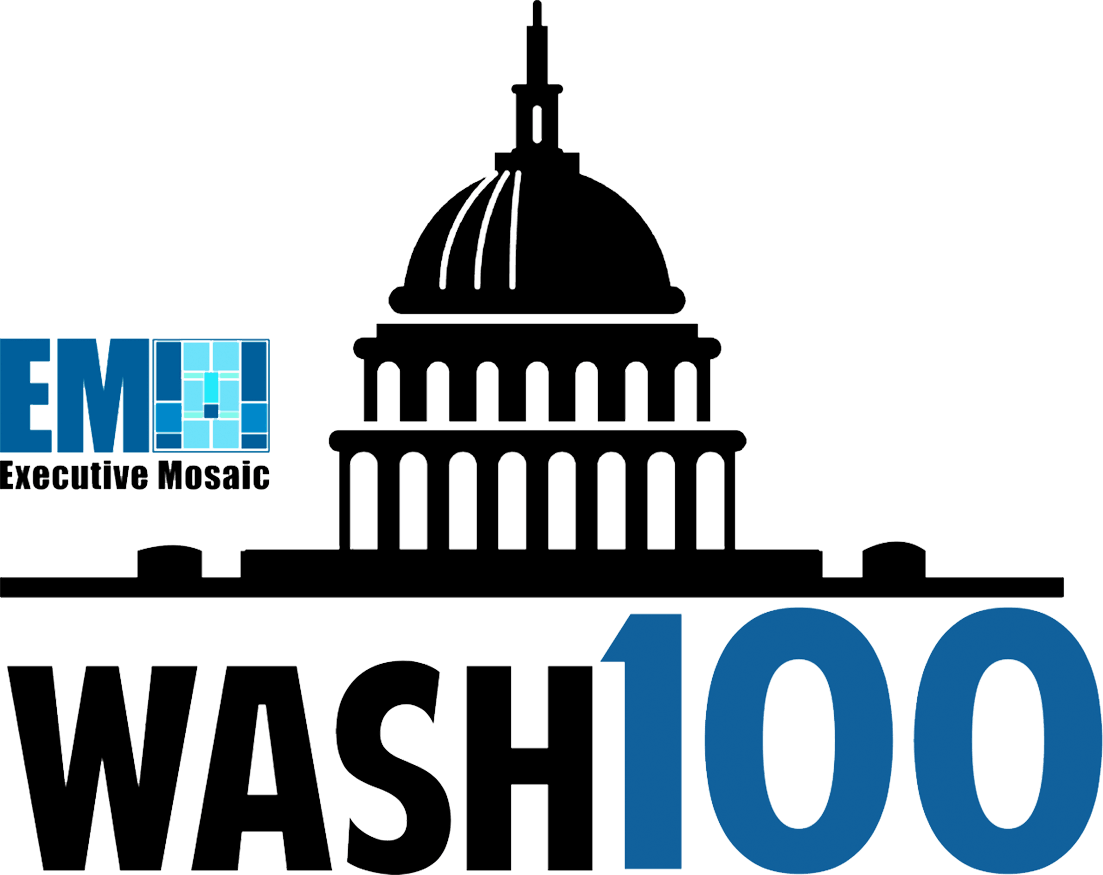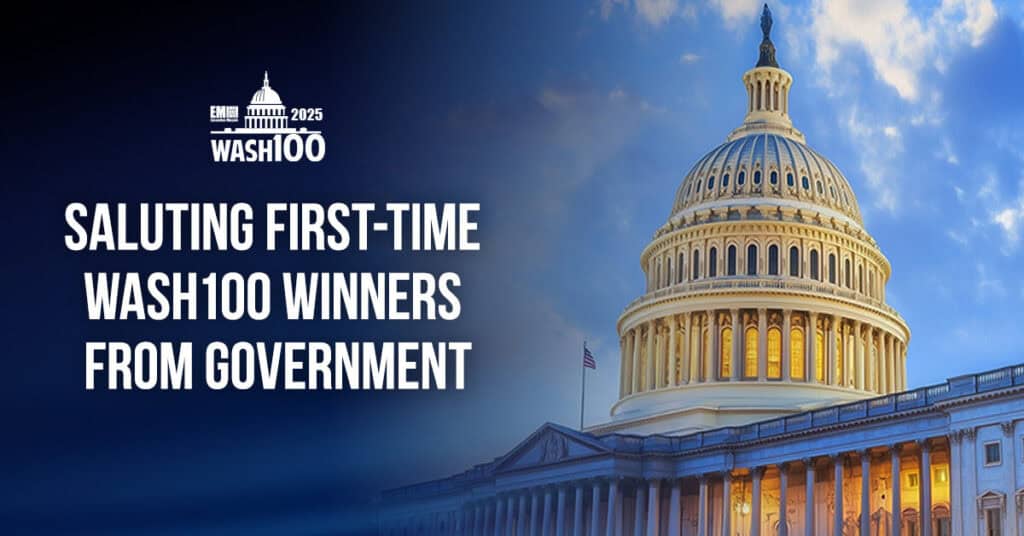Carey Smith, president and chief executive officer of Parsons and a three-time Wash100 Award recipient, recently sat down with ExecutiveBiz for the publication’s latest Executive Spotlight interview.
During the interview, Smith discussed her transition into her first few months as Parsons’ CEO after Chuck Harrington’s retirement, her growth strategy as the company continues to make big acquisitions and secure major contracts as well as the changes and challenges brought on by the COVID-19 pandemic and more.
“Looking forward, I am excited about our vision of creating the future of national security and global infrastructure to deliver a better world. Starting with national security, we are well-positioned with a fiscal year 2022 defense budget that is very well aligned with our core capabilities like cyber, artificial intelligence, hypersonics, and space.”
You can read the full Executive Spotlight with Carey Smith below.
ExecutiveBiz: Congratulations on officially becoming Parsons CEO on July 1. How has the transition been going since Chuck Harrington’s retirement was announced back in April and how would you describe your vision and key goals for Parsons in the role?
“The transition has been seamless, particularly since I have been with Parsons for nearly five years and an integral part of our growth strategy. Looking forward, I am excited about our vision of creating the future of national security and global infrastructure to deliver a better world.
Starting with national security, we are well-positioned with a fiscal year 2022 defense budget that is very well aligned with our core capabilities like cyber, artificial intelligence, hypersonics, and space. Through both our internal investment and M&A strategy, we have technology-driven near peer threat solutions.
In this regard, I would like to highlight our recent acquisition of BlackHorse Solutions. BlackHorse, like ourselves, has been leading in cyber, electromagnetic, and information operations convergence to deliver information advantage across all domains.
Looking at the critical infrastructure side, we are seeing global growth across the United States, Canada and the Middle East where Parsons operates, and that growth will further accelerate in the United States should the infrastructure bill be enacted. Fortunately, the areas where we perform have bipartisan support, like roads, highways, ports, airports, rail and transit, dams and wastewater treatment and are critical to advancing our communities and delivering a better world. We look forward to leading smart, sustainable infrastructure deployment.”
ExecutiveBiz: With the recent acquisition of BlackHorse Solutions and multiple big contracts awarded recently, how would you describe your growth strategy and key areas of focus for Parsons for the rest of 2021 and beyond with the ongoing evolution of the federal landscape?
“Our plan is to continue to invest in growth, through both organic and inorganic means. We will continue investing internally to ensure technology differentiation, and our research and development spend is 20 times what it was four years ago. We will be focused on areas including data analytics, artificial intelligence, high-speed processing, data analytics, and space, weapon system and infrastructure resiliency.
In our Federal Solutions segment, our focus is on growing cyber, space, missile defense and C5ISR. Within the Critical Infrastructure segment, we will continue to emphasize transportation, smart mobility, environmental remediation and water/wastewater treatment.
On the acquisition front, BlackHorse was highly strategic for us. When we make acquisitions, we look at companies that we have partnered with previously so that we know there is good cultural fit, and alignment on our mission-focused and people-first approach.
With BlackHorse we had cultural compatibility, and this coupled with their machine-learning, cyber, electromagnetic and information operations capabilities, will continue moving us up the value chain.”
ExecutiveBiz: Parsons’ defense work and development of agility, mobility, security, and tech innovation for the U.S. military services branches has received great recognition. What are the current challenges that you and your team are working to address, find solutions for and develop new capabilities for our nation’s warfighters?
“I’m really excited about the future of our defense business, especially our focus on Joint All Domain Command and Control and connecting any sensor to any shooter. It's Parsons’ sweet spot because we’re a software solution provider, which means we’re focused on the network and how do you get that data transported to where it needs to be and enables quicker actionable intelligence for the end operator.
Another one of our extensive growth areas is missile defense. We’ve worked with the Missile Defense Agency for nearly 40 years and were recently awarded the largest contract in our company’s history at $2.24 billion for the TEAMS NEXT System Engineering Contract. An effort on that contract will be defending against the hypersonic threat and developing a space layer that can track and detect hypersonic missiles throughout their entire flight.
When it comes to space, we have an impressive suite of end-to-end capabilities operating with the Space Force, including launching small satellites called Launch Manifest System Integration that launches small satellites with a primary payload.
We were also recently awarded an Integrated Space Situational Awareness contract which is another area of focus as space becomes increasingly congested.”
ExecutiveBiz: Following the changes and current challenges brought on by the COVID-19 pandemic, how is Parsons adapting to those challenges involving telework capabilities and maintaining the company’s winning culture in an already ever-evolving landscape?
“The first thing we did when COVID hit was ensuring our employees were safe and healthy – something we are still doing today. We made sure they could work productively by equipping more than 15,000 employees with the ability to work remotely and sent safety equipment to our employees in the field who could not work remotely so they would be safe as well.
The next thing we did was to solicit ideas throughout the entire company on how we could help society recover from the pandemic. We prioritized all the ideas from the survey and created a new product suite called DetectWise, which does health and temperature screening.
The system is currently being used by hospitals, parts of the Department of Defense and commercial customers around the United States, as well as our own facilities. More important than the sales from DetectWise, the quick conception from idea to deployment shows our agile and innovative culture to produce a product that is important to delivering a better world.
Post-COVID, we are permitting our employees to work remote, hybrid or in an office-based upon their preference provided, they can be productive. We believe this will help us remain an employer of choice.”
ExecutiveBiz: With the second half of 2021 in full effect, what can we expect from Parsons for the rest of the year and what do you hope to accomplish by the end of 2021?
“We will stay on the path we’ve been on for the last four and a half years, as we’ve transformed the business in that time to a solutions integrator. Today, we have a balanced Federal – Critical Infrastructure portfolio and are fortunate to be well positioned in two high demand markets. Further, our segments are complementary, and we are one of the only companies that can help solve the critical infrastructure resiliency problem as we have the cyber technology coupled with the infrastructure domain expertise.
Parsons’ culture is one of agility, innovation, and disruption where we are focused on creating the future of national security and global infrastructure to deliver a better world. We’re the right sized company, where we have the breadth and depth to offer end-to-end solutions and execute billion-dollar contracts, yet we still have a small company’s culture of getting solutions to market at the speed of relevance. I think that is what makes us unique.”





